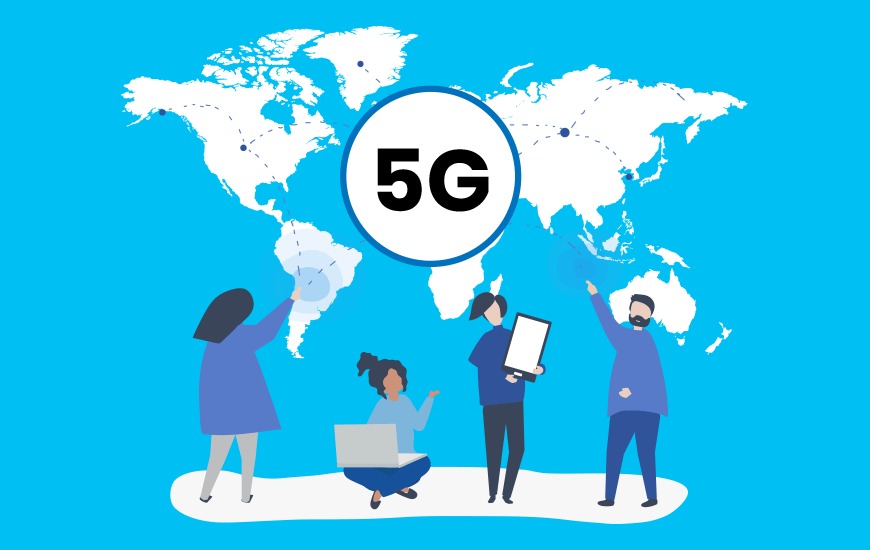As a seasoned technical copywriter with a decade of experience, I am excited to explore the revolutionary impact of 5G networks on mobile connectivity and user experiences. In this article, we will delve into the world of 5G, discussing its capabilities, potential applications, and the transformative changes it brings to the way we connect and interact with mobile devices.
Understanding 5G Technology
The Evolution of Mobile Networks
The journey from 1G to 5G networks represents a significant evolution in mobile technology. 1G introduced analog voice communication, while subsequent generations focused on digital communication, data services, and increased speed. 5G, the fifth generation of mobile networks, marks a giant leap in terms of speed, capacity, and connectivity.
Key Features of 5G
5G networks offer several key features that distinguish them from their predecessors:
- High Speed: 5G delivers remarkable data speeds, with peak rates reaching several gigabits per second. This enables faster downloads, smoother streaming, and reduced latency.
- Low Latency: The reduced latency of 5G networks, often in the range of 1 millisecond, allows real-time communication and supports applications like augmented reality (AR), virtual reality (VR), and autonomous vehicles.
- Massive Connectivity: 5G networks can connect a vast number of devices simultaneously, making it suitable for the Internet of Things (IoT) and smart city applications.
- Reliability: Enhanced reliability and network availability ensure consistent connectivity even in densely populated areas or during high network congestion.
Transformative Applications of 5G
Enhanced Mobile Experiences
5G enhances mobile experiences in numerous ways. Users can enjoy ultra-high-definition video streaming without buffering, low-latency online gaming, and augmented reality applications that seamlessly blend the virtual and physical worlds.
IoT and Smart Devices
The Internet of Things (IoT) benefits significantly from 5G’s massive connectivity and low latency. Smart homes, connected appliances, and industrial IoT applications can operate more efficiently and effectively with 5G.
The Future of Connectivity
Autonomous Vehicles
5G plays a pivotal role in the development of autonomous vehicles. Low latency and high-speed connectivity enable real-time communication between vehicles and infrastructure, making autonomous driving safer and more reliable.
Telemedicine
Telemedicine and remote healthcare services are empowered by 5G. Doctors can perform surgeries remotely, and patients can receive high-quality medical care regardless of their location.
5G Challenges and Considerations
Infrastructure Deployment
The rollout of 5G infrastructure is a massive undertaking. Building the necessary network of small cells and base stations requires significant investment and coordination between governments and telecom companies.
Security and Privacy
5G networks introduce new security and privacy challenges. With a broader attack surface due to increased connectivity, robust cybersecurity measures are essential to protect sensitive data and prevent cyber threats.
The Global Impact of 5G
Economic Growth
5G is expected to drive economic growth by enabling innovative technologies, creating new industries, and improving productivity across various sectors.
Bridging the Digital Divide
5G has the potential to bridge the digital divide by providing high-speed connectivity to remote and underserved areas, ensuring that more people can access the benefits of the digital world.
Conclusion
In conclusion, 5G networks represent a monumental shift in the world of mobile connectivity and user experiences. With their unprecedented speed, low latency, and massive connectivity, 5G networks are poised to revolutionize industries, enable cutting-edge technologies, and enhance the way we connect and interact with our mobile devices.

